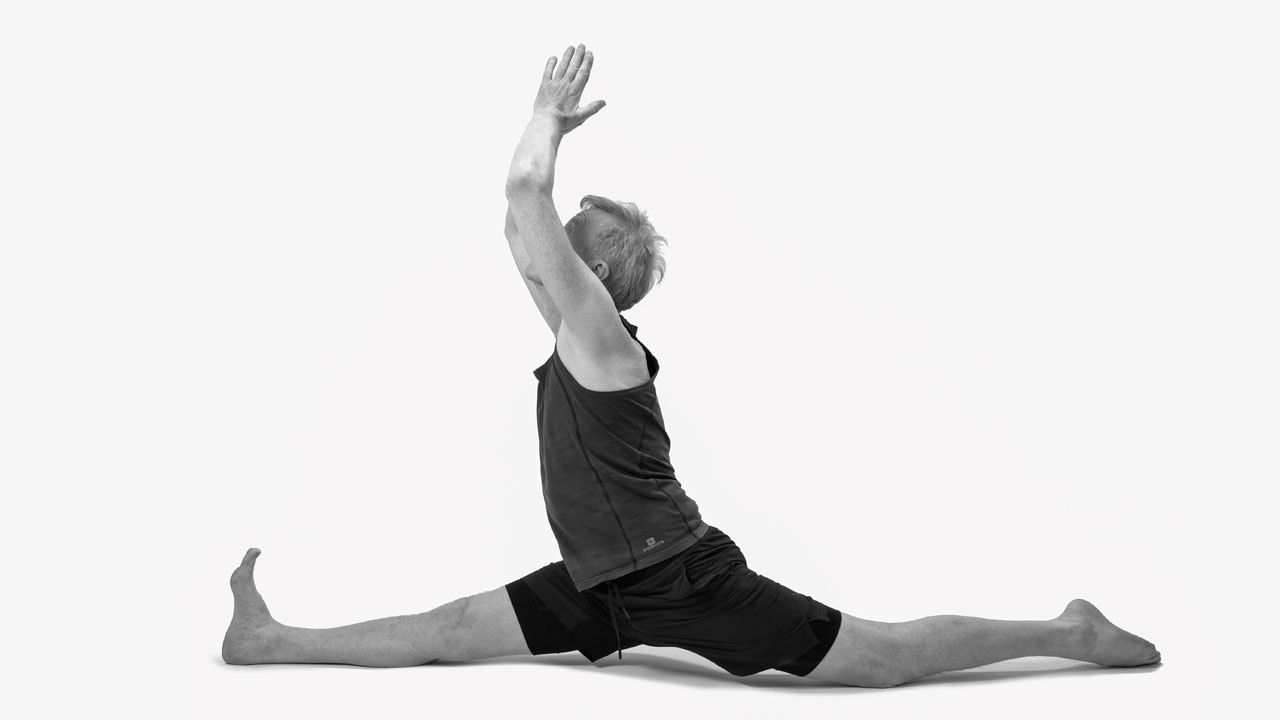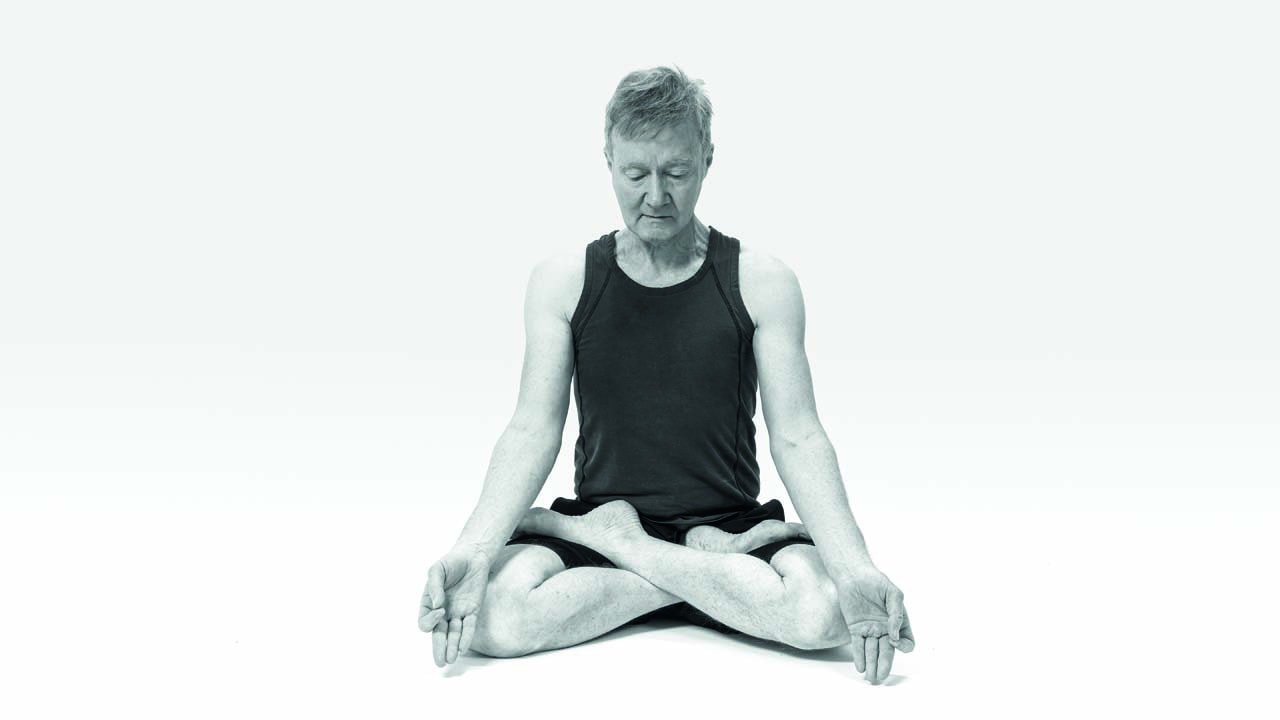
Yogic cleansing
Take good care of yourself this year with some simple yogic cleansing tips. By Will Lavin
There really is more to yoga than contortions and gymnastics, as evidenced by postures (asanas) being only one of the eight ‘limbs’ of Ashtanga yoga.
Some of these other aspects of yoga are well worth the effort of investigating and offer their own rewards. But they can also be used to keep your ‘yoga’ practice going when life stops you from performing asanas.
For those who over-indulge over the festive season, these cleansing techniques may be just what you need!
Asana practice may not be possible or may need to slow down in circumstances such as:
1. Illness
2. Injury
3. Ageing
4. Life changes (e.g. new additions to family etc.)
5. Work commitments
I have witnessed people attempting full-on asana practice through all of the above, often with unsatisfactory and depressing results. We always need to beware addiction to our practice; much better to take a break when life throws obstacles at you.
However, there is no need to give up on yoga altogether. In fact, you can ‘positivise’ your downtime by exploring other aspects of yoga.
One often neglected but valuable area of yoga is the Shatkarmas or cleansing techniques (aka Kriyas), which are part of Ashtanga yoga’s second limb (niyama). It is relatively easy to incorporate Shatkarmas into ‘normal’ life (or at least normal for yogis!). These practices range from simple tongue cleansing through to much more esoteric ideas.
For the last 10 years, whilst my Ashtanga asana practice has slowed down (see points 3 and 4 above), I have committed to a daily and weekly cleansing practice. I will detail the cleansing techniques that I have made part of my routine, but there is plenty of information available about deeper techniques (sitting on a bamboo stick anyone?).
I have found these simple steps to be beneficial to my general wellbeing, my quality of breathing, and yes, even to my asana practice, confirming that all these limbs of yoga are inter-related.
Daily Morning Schedule:
1. Tongue scraping (Jihva Dhauti)
During the night, a coating of bacteria builds up on your tongue.
Firstly, the quality of your breathing won’t be as good if you leave this coating, and secondly it is a big contributor to halitosis (bad breath).
Using either a stainless steel or copper scraper, place the scraper as far towards the back of the tongue as possible, then gently scrape forward towards the tip of the tongue. Rinse the debris off the tongue scraper, then repeat two or three times.
2. Stomach/Abdomen Cleansing (Nauli)
Always best practiced on an empty stomach, and never when you are, or suspect you might, be pregnant.
Start with ‘Udiyana’ breathing. Fully inhale to fill your lungs, then bending slightly forward with hands pushing against your upper thighs, exhale fully with open mouth. It helps to perform ‘Lion Breath’ here i.e. sticking out your newly-clean tongue on the long exhale. Then without inhaling, draw in and up on your lower abdominal muscles (Uddiyana), tuck your chin against your chest (Jalandara) and retain breath. Then let go of your chin, let go of your stomach, and inhale to standing. Repeat two or three times.
Once the above has been perfected, time to move on to Nauli or churning.
Start exactly the same as per Uddiyana breathing. But instead of just keeping those muscles drawn in, try to develop a ‘wave’ motion by moving them from right to left. You will need to create a ‘central column’ which is manoeuvrable from one side to another. After a few churns, unlock and inhale to standing. Repeat but churn the other way (i.e. left to right).

3. Nasal Cleansing (Jala Neti)
For this you will require a neti pot. The end of the ‘spout’ is to be inserted into each nostril, starting with the right nostril. Firstly, fill the neti pot with lukewarm water. Sprinkle a small amount of salt into the pot. Best to use pink Himalayan salt if you can get some. Before starting the jala neti process, pour a small amount of the salted water into an eye bath (for use later). Then insert the spout up the right nostril, lean to the left and pour the water up through the right nostril so that it washes out through the left. Allow approximately half the water to flow through, then repeat through the left nostril.
4. Eye Cleansing (Netra Dhauti)
Traditionally practiced by just splashing water in the eyes, but why not use modern eyebaths – much more convenient. Using the one you filled earlier, bring the eye bath towards your right eye, and, leaning forward, wash from side to side. Repeat on the left.
Will Lavin is a senior yoga teacher and teacher trainer. He is director of YogaTTS Teacher Training School, offering accredited yoga teacher training and a selection of CPD workshops. Visit: yogatts.co.uk




